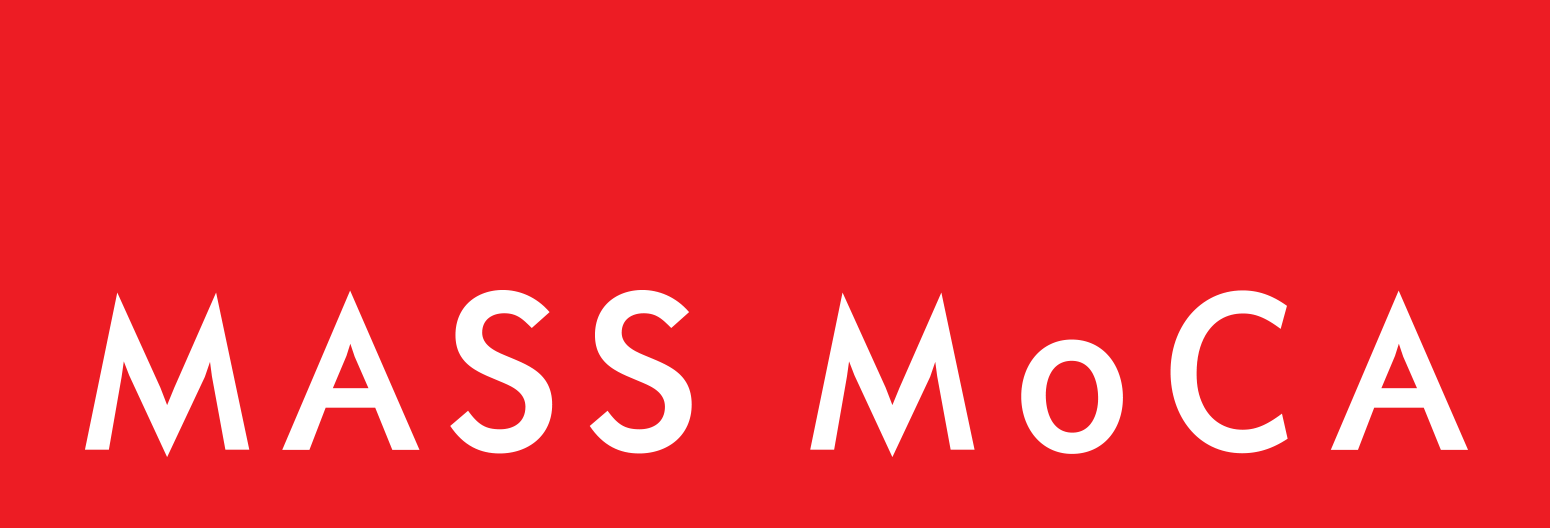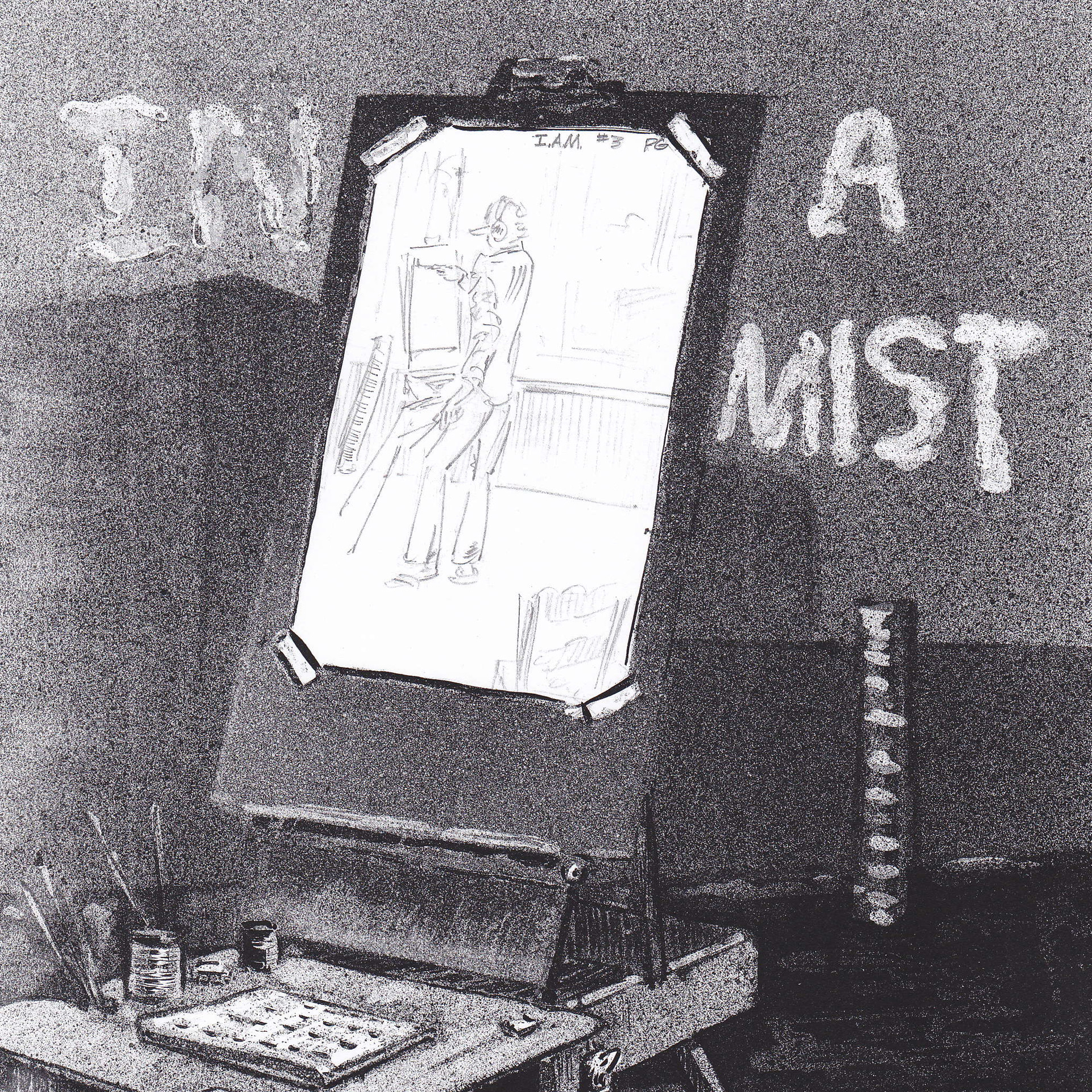
Archive, Archive Exhibitions, Exhibition
- May 23, 2009 - January 18, 2010
- Galleries
Click here to order an exhibition catalog.
Brooklyn-based painter George Cochrane presents the original drawings of the first two chapters of Long Time Gone, a 24-chapter graphic novel he is creating with his six-year-old daughter, Fiamma. The core narrative of this autobiographical work is one 24-hour period, with each 24-page chapter depicting one hour in the day.
Working in a collaborative fashion, Cochrane incorporates Fiamma’s ideas, drawings, and writing in the graphic novel, which is in itself a document about the creative process. The narrative arc of the work begins at 4:44am in the rain with a recycling truck stopped outside the artist’s apartment building in Brooklyn, when Fiamma has a nightmare. The story follows the artist to his studio and throughout the rest of the day and ends with his dreams that night. Throughout this simple story Cochrane weaves multiple references from a host of literary, musical, and visual sources. The first include Joyce’s Ulysses (an epic told over the course of a day) and Homer’s Odyssey (told in 24 chapters.) Additional narrative and textural threads emerge through language taken from William Shakespeare, The Bible, Geoffrey Chaucer, John Milton’s Paradise Lost, Dante’s Inferno, William Blake’s poems and visual art, T.S. Eliot, Bob Dylan’s lyrics, jazz compositions, and recordings, as well as comics (including graphic novels, daily strips, and Sunday pages.)
The visual presentations connect the history of the comic (the first chapters modeling aspects of the earliest masterpieces of the medium) with the history of art, text, and music. The course of the 24 chapters roughly mirrors developments in the medium over the past century. Examples of early comics cited include Winsor McCay’s Little Nemo in Slumberland (in turn the model for Maurice Sendak’s In the Night Kitchen), George Herriman’s Krazy Kat, and Frank King’s epic Gasoline Alley. Wordless woodcut books from the 1920s by Lynd Ward are also referenced.
The exhibition articulates the power of the graphic novel as both a work of art and a document of material culture, while investigating new modes of storytelling in print in the midst of the electronic age.
Download a PDF of the exhibition guide.
George Cochrane, Long Time Gone, 2009

